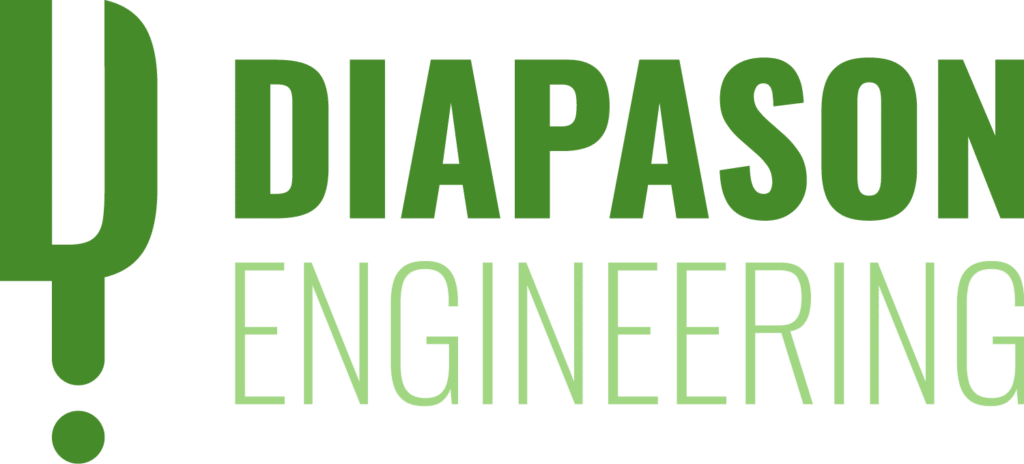The AIA applies to the activities in the second part of Annex VIII of Italian Legislative Decree no. 152/2006 as amended, and requires the use of the Best Available Techniques (BAT) to reduce air, water and soil pollution, and waste production, as far as possible. Diapason Ingegneria provides support for the drafting of all the necessary documentation for the submission of the procedure to the regional authorities, or, for particular limits, to the Ministry of the Environment and Energy Security. The industrial categories it applies to include energy, production and processing of metals, mining products, the chemical industry, waste management and other manufacturing activities. The environmental authorisations that form part of the AIA regard emissions, authorisations for the discharge, disposal and recovery of waste, and other aspects of an environmental nature.




